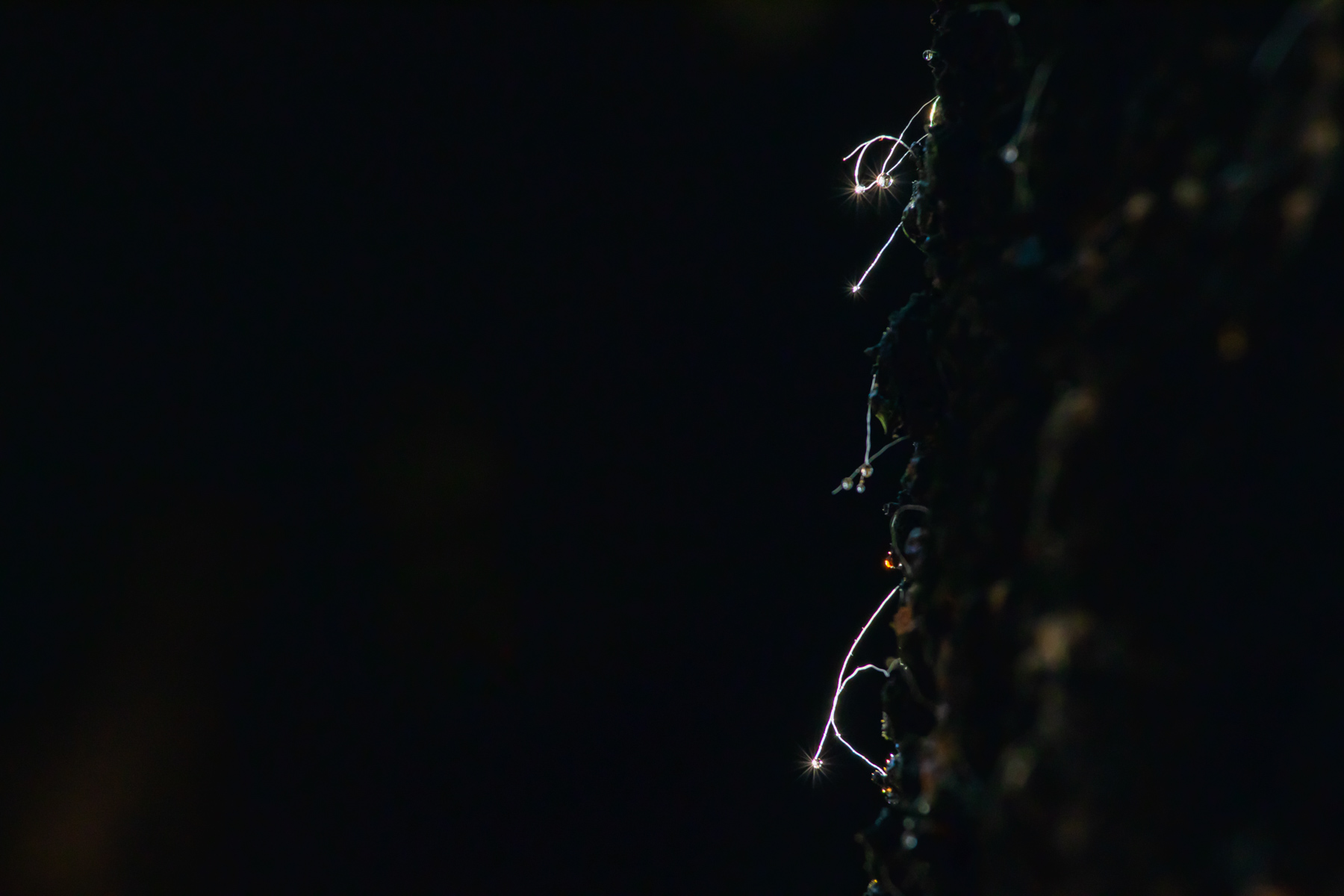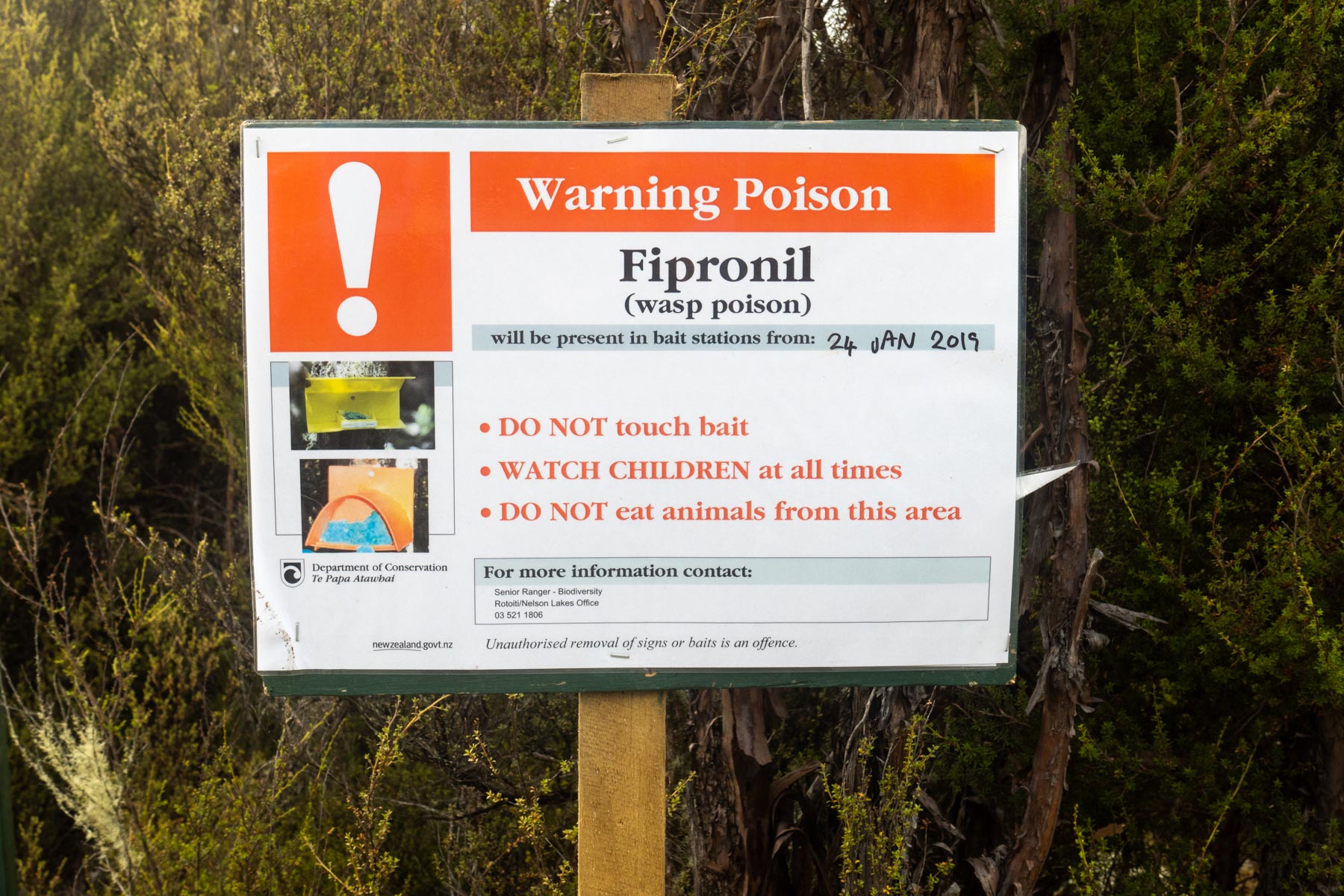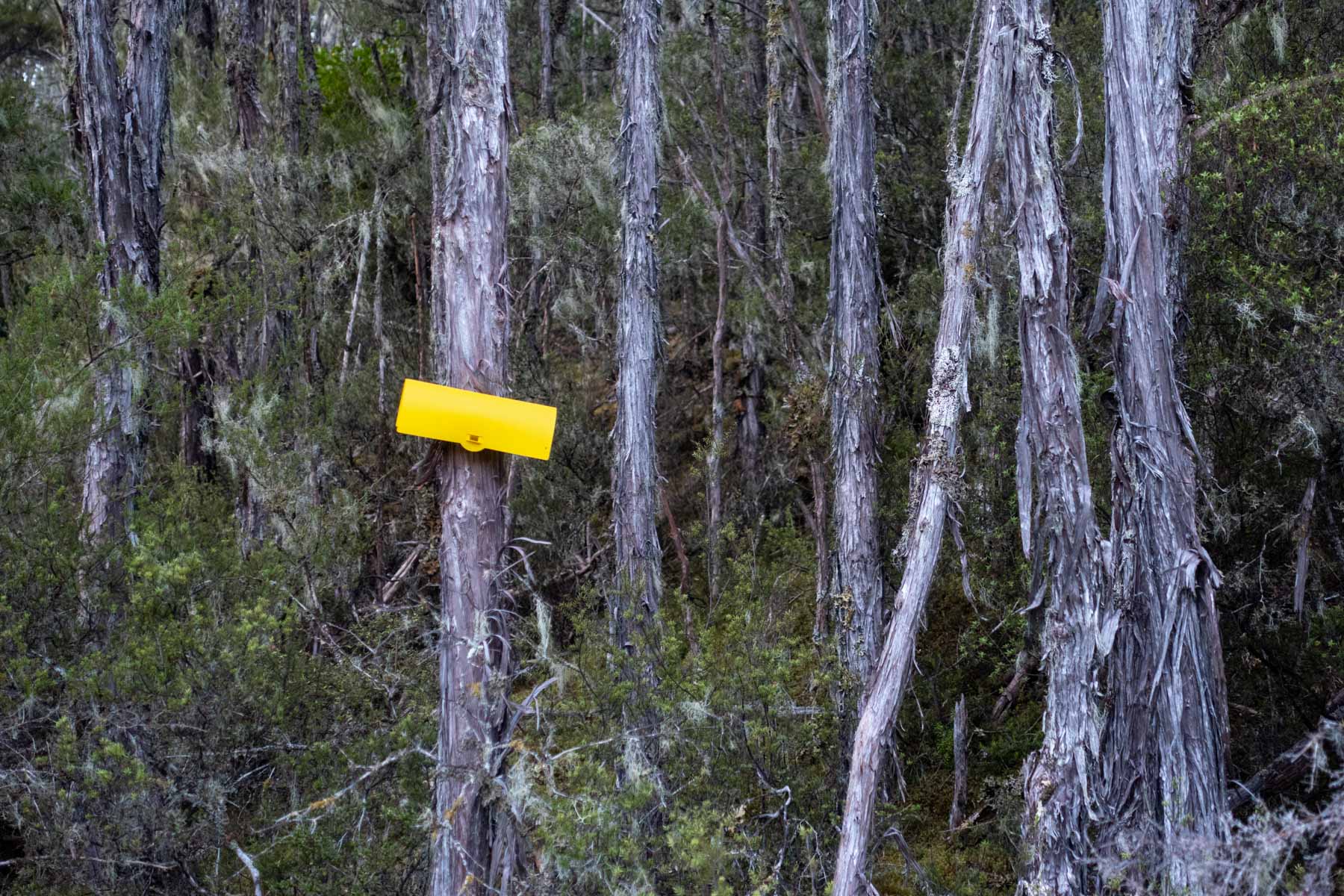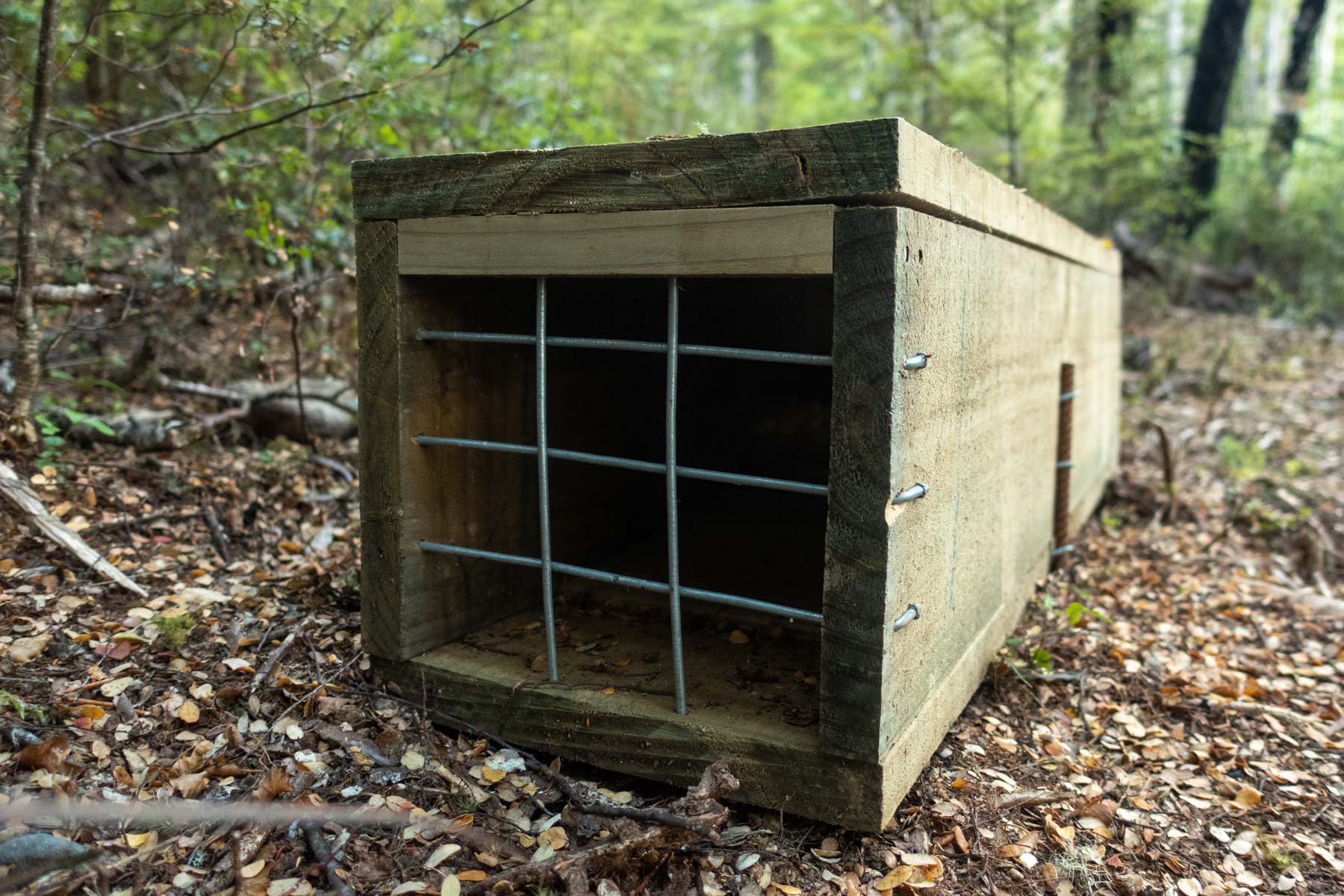TERRA TRIBUTA

Menu
ABONNEZ-VOUS
A L'INFOLETTRE
A L'INFOLETTRE

Walking along the Honeydew Trail in Nelson Lakes National Park, our family arrived at the heart of an imposing forest of red and silver beech trees. In this honeydew paradise (photo above), we also spotted here and there little yellow boxes, “caution poison” signs and even wooden traps.
For several years now, the Predator Free 2050 project aims to eradicate predator species introduced by early settlers. Rats, ermines and possums are wreaking disaster on vulnerable birds, eggs and chicks.
This project brings together several players: the government, iwi communities, philanthropists, companies, local organizations and citizens. According to these protagonists, recovering the biodiversity of the past would provide numerous environmental, cultural, social and economic benefits. This ecological transition is currently in progress across the country, and efforts seem to be bearing fruit, even if some practices are not unanimously supported.
To learn more: Department of Conservation (DOC)



This function has been disabled for .